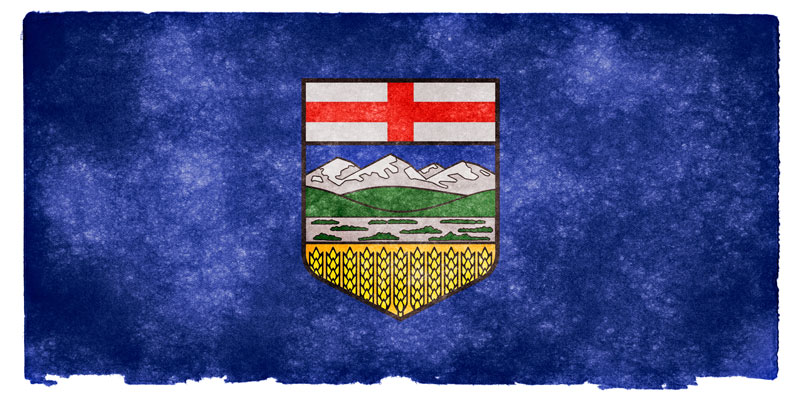Kenney government must learn from Alberta’s fiscal freefall

With the Kenney government set to table its 2021-22 budget on Thursday, it’s a good time to review some recent fiscal history in Alberta.
For starters, to be fair, external events played their part with three recessions since 2008/09. But choices made by successive premiers have ensured that the province ran nearly uninterrupted budget deficits through both booms and busts. As a result, Alberta has not only lost its “debt-free” status, but is no longer Canada’s lowest debt province. That is a dramatic reversal of fortunes in only 15 years.
Indeed, it’s hard to overstate how rapidly Alberta’s finances went south. The province not only had no net debt in 2007/08, but had $35 billion in net financial assets (financial assets minus liabilities). Every other province carried at least $6,800 in per-person net debt that year. After Alberta, the next lowest debt provinces were British Columbia ($6,836 per person) and Saskatchewan ($7,199 per person). Alberta’s fiscal situation was the envy of the country.
The following year, things took a turn for the worst. That year, the global financial crisis hit. It would be easy to look back and view that shock as the reason for the province’s deteriorating finances. But unlike other parts of the continent, Alberta’s downturn was short-lived as a recovery in the energy sector buoyed the province. And yet, the provincial government continued to run deficits through the height of the energy boom.
Since 2008/09 the provincial government has run budget deficits in all but one fiscal year, racking up $98.5 billion in net debt ($106.5 billion adjusted for inflation). In inflation-adjusted terms, this represents a 247 per cent increase in net debt over the last 13 years. Continually running deficits through thick and thin left the province vulnerable to future economic shocks. And now with COVID, that future shock has come.
The Kenney government projects more than $63 billion in net debt by 2020/21. This means Alberta’s provincial net debt is equivalent to 20.6 per cent of its economy, which is higher than neighbouring Saskatchewan. B.C. and Saskatchewan also hold less provincial debt per person than Alberta today. In fact, provincial debt per person in Alberta is now nearly $2,000 higher than both provinces.
But things are worse still, as Albertans are responsible for a substantial portion of federal debt. When adding in the federal component (by simply dividing the federal debt by Alberta’s proportion of the population), Albertans have a projected $203.3 billion in net debt, just under $46,000 per person—or 66.1 per cent of annual GDP.
The latest sharp deterioration of Alberta’s finances should serve as a wakeup call. After the pandemic has passed, it will be crucial for the government in Edmonton to implement a credible and fast return to budget balance.

